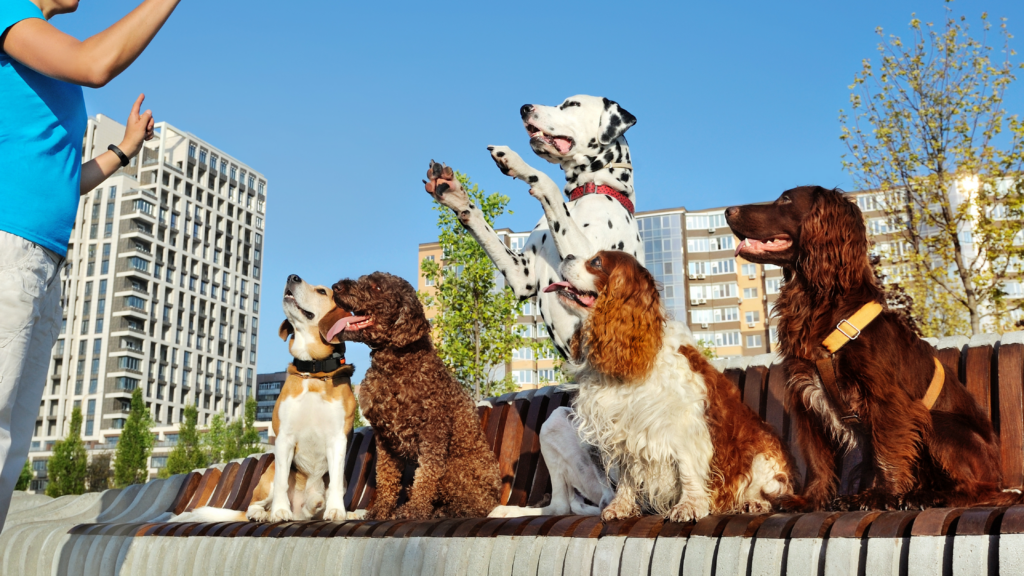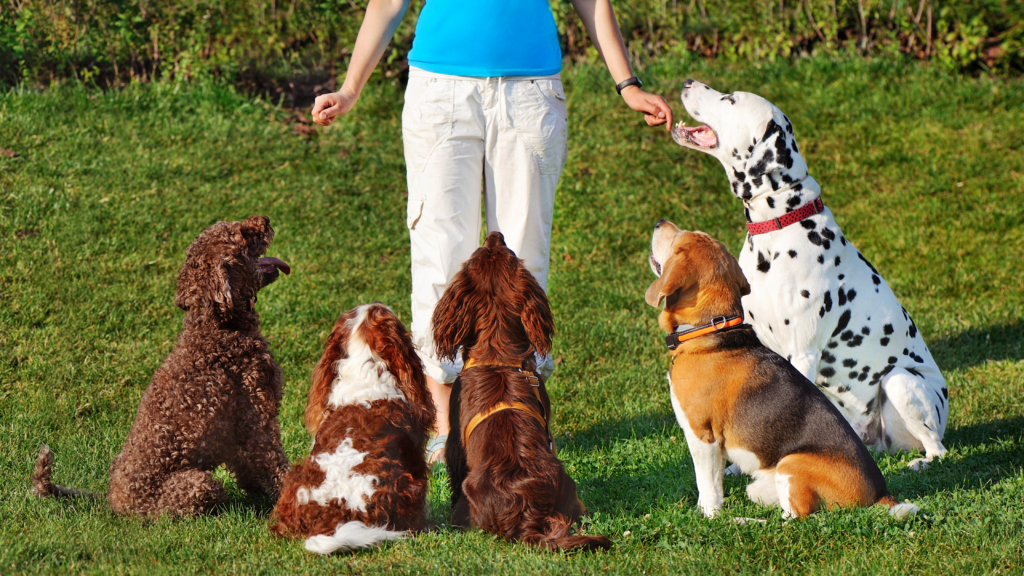Decoding the silent language of dogs is crucial for effective training and building a strong bond with your canine companion. By learning to interpret your dog’s body signals, you can enhance your communication, improve training outcomes, and create a more harmonious relationship.
The Importance of Reading Dog Signals
Dogs communicate constantly through their body language, conveying a wealth of information about their emotional state and intentions. By becoming fluent in this non-verbal language, you can:
- Anticipate your dog’s needs and emotions
- Prevent potential conflicts or stress
- Respond appropriately during training sessions
- Build trust and deepen your relationship
Key Components of Canine Body Language
Eyes
A dog’s eyes can reveal much about their emotional state:
- Soft, almond-shaped eyes often indicate relaxation
- Wide eyes with visible whites (whale eye) may signal stress or fear
- Direct, intense eye contact can be a sign of aggression or challenge
Ears
Ear positions are crucial in understanding a dog’s mood:
- Forward-facing ears: Alert and attentive
- Ears pulled back: Fearful or submissive
- Relaxed ears: Content and calm
Tail
The position and speed of a dog’s tail wag can indicate various emotions:
- High, stiff wag: Alertness or potential aggression
- Low, slow wag: Insecurity or submission
- Relaxed, mid-level wag: Generally friendly and approachable
Posture
A dog’s overall body posture provides valuable insights:
- Relaxed, loose body: Comfortable and at ease
- Stiff, tall stance: Alert or potentially aggressive
- Lowered body, tail tucked: Fearful or submissive
Recognizing Stress and Calming Signals
Dogs use various calming signals to communicate discomfort or diffuse tense situations. Common stress signals include:
- Yawning (when not tired)
- Licking lips
- Avoiding eye contact
- Shaking off (as if wet, but dry)
- Sniffing the ground suddenly
Recognizing these signs allows you to adjust your approach and create a more positive training experience.
Improving Training Outcomes
Understanding canine body language enables you to:
- Identify optimal moments for training
- Recognize when your dog is overwhelmed or confused
- Adjust your methods based on your dog’s emotional state
- Reinforce positive behaviors more effectively
- Build trust and improve communication
Practical Tips for Reading and Responding to Dog Body Language
- Observe your dog in various situations to establish baseline behavior
- Pay attention to subtle changes in posture, ear position, and tail
- Consider the context of their behavior
- Respond calmly and appropriately to their signals
- Use positive reinforcement for desired behaviors
Building a Stronger Bond Through Better Communication
By making an effort to understand and respond to your dog’s body language, you demonstrate that you’re listening. This improved communication leads to:
- Increased trust and respect
- Better training results
- A more harmonious household
- A deeper, more fulfilling relationship with your canine companion
Mastering the art of reading canine body language is a game-changer in dog training and ownership. By paying close attention to your dog’s signals and responding appropriately, you’ll not only improve your training outcomes but also forge a stronger, more meaningful bond with your furry friend. Remember, every wag, ear twitch, and posture shift is your dog’s way of talking to you – it’s up to us to learn their language.



